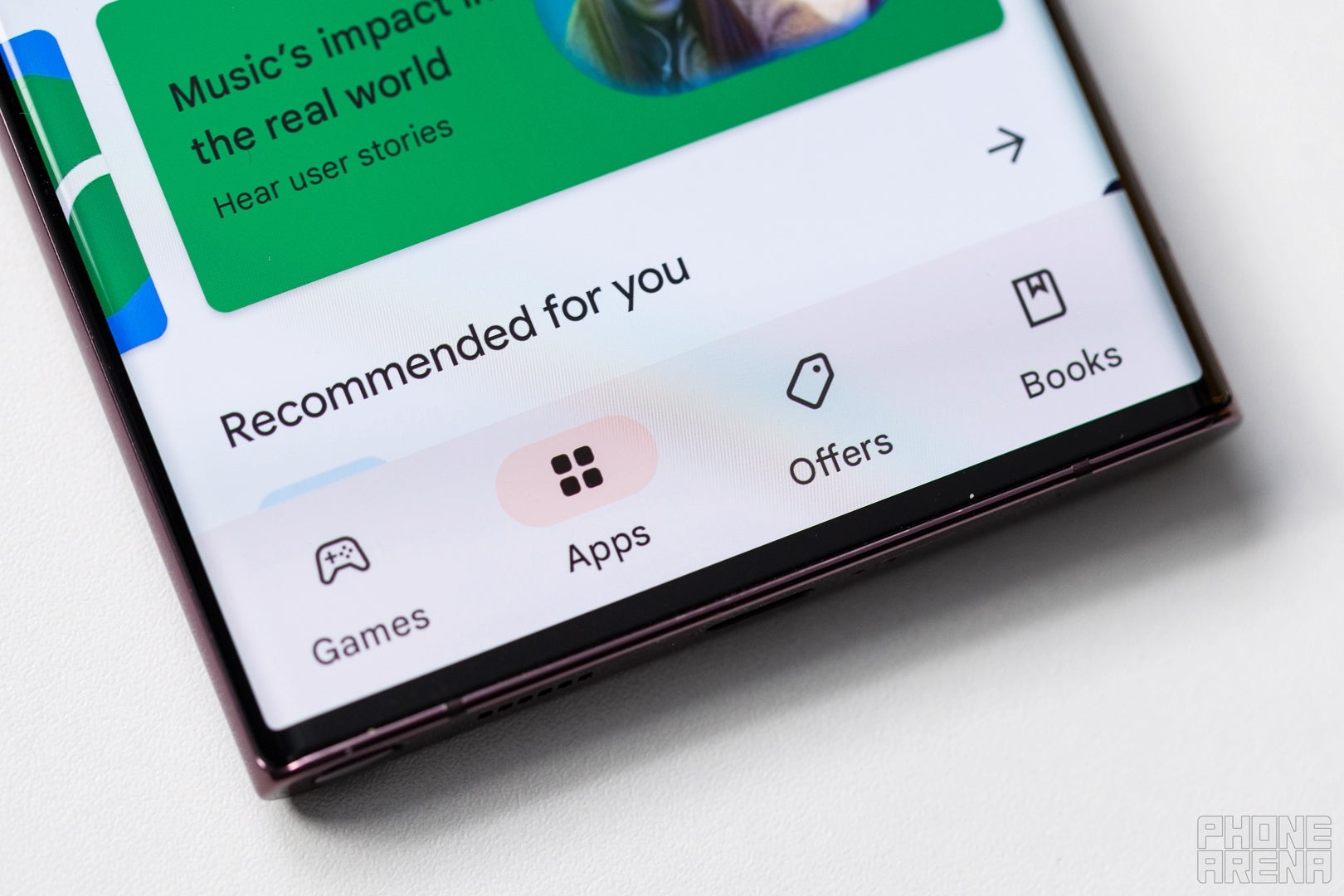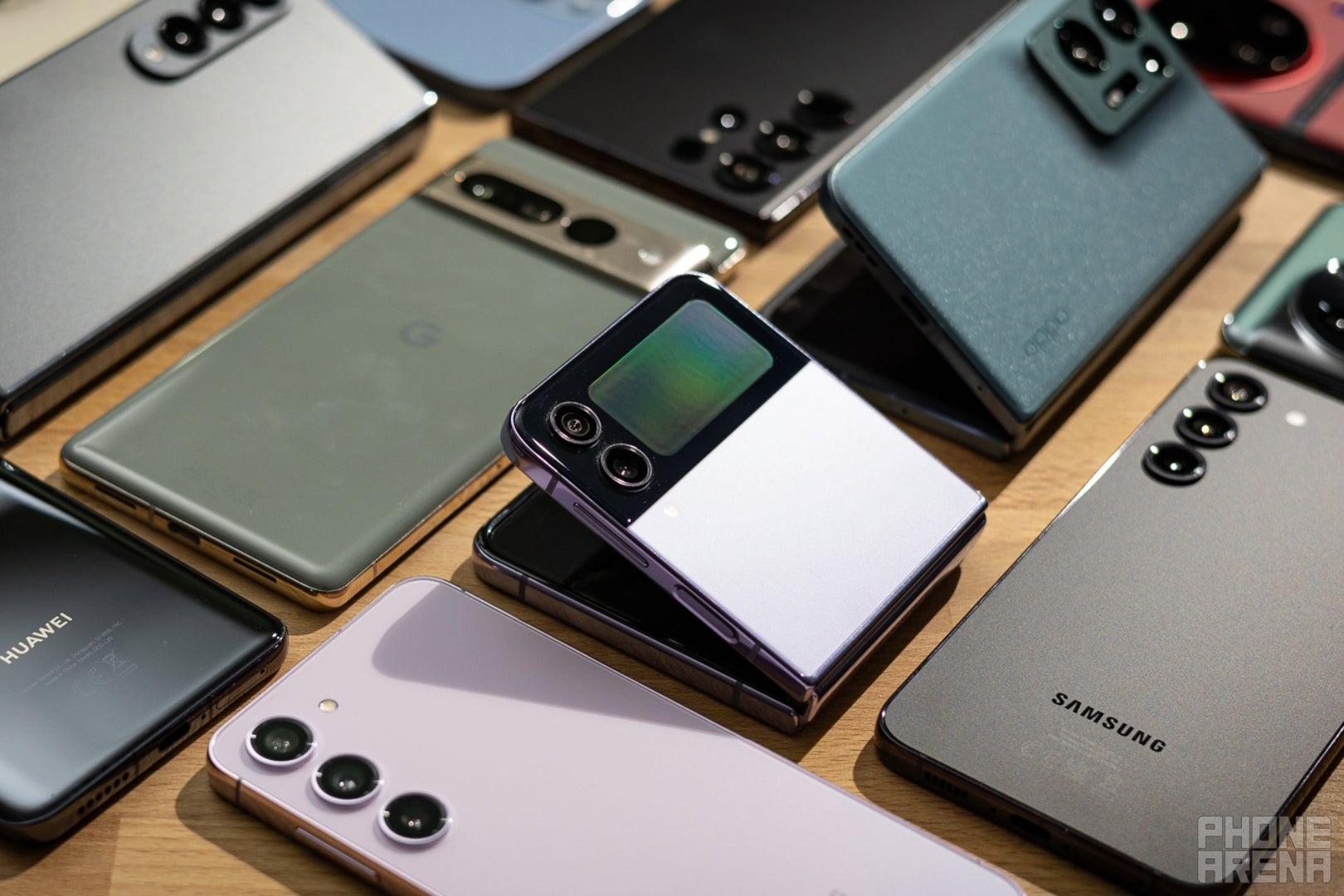Phoneageddon: Is your Android smartphone doomed after the updates end?،
For many of us, our smartphones are an extension of ourselves. They hold our memories, connect us to the world and fuel our daily lives. But what happens when this trusted companion reaches the end of its official software journey? As will happen soon with the Pixel 5a, which apparently will not receive the next Android 15. And for the Pixel 6 and Pixel 6 Pro, Android 15 will be the last big Android update. But hey, nothing lasts forever, even your trusty device. Pixel phones are actually among the few Android smartphones to have such long-term support.
Most phone manufacturers typically only provide 2-3 years of operating system support and up to 5 years of security updates. You wonder why ? Well, one reason could be that extensive software support isn't much help if the phone's hardware is struggling to keep up, as the OnePlus COO and president explained in a recent interview.
When the comforting “System Update Available” notification fades into silence, you find yourself at a crossroads: embrace the familiar while accepting the vulnerabilities, or venture into the unknown with a newer model. In this article, we'll dive into the world of unsupported Android devices, exploring the risks, realities, and alternatives faced by users navigating the update cliff.
The Looming Threat of Outdated Software

The most pressing concern is safety. Updates often contain critical patches that address vulnerabilities, protecting your data (online banking, personal information, and sensitive communications are often found on our devices) from malicious actors. A phone without updates becomes increasingly vulnerable to malware, hacking attempts and data breaches.
Think of your phone as a fortress. Updates are constant reinforcements and without them, cracks begin to appear, making it easier for intruders to exploit them. This risk is increasing day by day, making it an important factor to consider.
If you definitely don't want to change your phone, you might consider installing security updates manually or opting for a third-party operating system (OS). These so-called ROMs are developed and maintained by independent developers and not device manufacturers.
Beyond Security: Feature Freezes and Compatibility Failures


Image credit – PhoneArena
While security remains paramount, the lack of updates extends beyond immediate threats. The world of technology is constantly evolving and new features and performance improvements are unveiled with each iteration of the operating system. With irrelevant updates, you'll miss out on the latest features, from innovative camera capabilities to improved battery management. Additionally, optimizations introduced in newer versions can lead to smoother performance and a more responsive experience. Even if your phone still works, it may seem slow and outdated compared to its updated counterparts.
Compatibility issues


Image credit – PhoneArena
As apps evolve, they may require newer versions of the Android operating system to function properly. This can lead to compatibility issues, with some apps refusing to install or run at all.
While essential apps like Gmail or Maps may continue to work, specialized or newer apps may become inaccessible, leaving gaps in your digital ecosystem. This can be especially frustrating if you rely on specific apps for work or play.
The Advantage of Staying Local: Familiarity and the Custom ROM Gamble


Image credit – PhoneArena
Despite the downsides, there are some potential benefits to sticking with an unupdated device. A familiar interface may be preferable to some users who value consistency and don't like the learning curve associated with new features. For some users, this convenience outweighs the risks, especially if their needs are primarily met by basic features like calling, texting, and using established apps.
As mentioned earlier, for tech-savvy users, another option appears: custom ROMs. These unofficial operating systems can breathe new life into older devices by providing updates based on newer versions of Android.
However, installing a custom ROM comes with its own risks, including potential device compatibility issues, security issues, and your device crashing (making it permanently unusable). This path requires technical expertise and a willingness to accept the inherent risks.
Weighing the Options: A Personal Choice Focused on Safety


Image credit – PhoneArena
Ultimately, what to do with an Android deprived of updating depends on your individual needs and risk tolerance. If security is paramount, upgrading to a device that always receives updates is the safest option.
However, if you're comfortable with the risks and primarily use your phone for basic tasks, you can probably continue using it for a while. Just be sure to follow security best practices, like avoiding suspicious downloads, not clicking on suspicious email links, and keeping essential apps updated. Yet at some point using it would be so boring that you would want to throw it away, believe me.
If you have deeper knowledge about Android, you can also try changing the Developer Options. If you are not very confident in your technical skills, it is advisable to follow guides from trusted sources on how to do this. Just make sure the guides are up to date to avoid any issues. Still, if you're not sure what a setting does, it's best not to mess with it.
In conclusion, using an Android device after updates stop is a balancing act. While this may seem like a harmless way to save money or stick with a familiar interface, the security risks can be significant, especially over time. The smart solution, if you ask me, is to upgrade to a newer device with longer support if you want to avoid changing it again after just a few years.
















